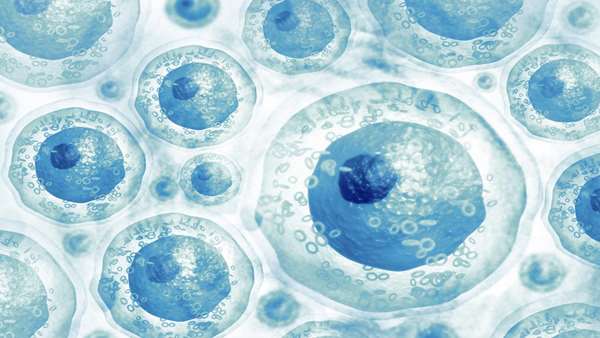Cultured stem cells reconstruct sensory nerve and tissue structure in the nose
A team of researchers at Tufts University School of Medicine developed a method to grow and maintain olfactory stem cells in culture, which can then be used to restore tissue in the nose.
A team of researchers at Tufts University School of Medicine developed a method to grow and maintain olfactory stem cells in culture, which can then be used to restore tissue in the nose. The discovery raises hope that future therapies could be developed to restore the sense of smell in individuals where it has been damaged by injury or degeneration.
HBCs were able to fill in olfactory lesions, generating multiple cell types including Sus cells, basal cells and olfactory sensory neurons.
"The HBCs in culture remained quiescent, pretty much as they do in vivo, but we were able to trigger them into an active state to start the process of differentiation into various olfactory epithelial cells just before engrafting them into injured tissue," said Jesse Peterson, Ph.D., first author of the study and currently a post-doctoral fellow at the MRC Laboratory of Molecular Biology. Peterson conducted the study as part of his doctoral dissertation at the Sackler School of Graduate Biomedical Sciences at Tufts, advised by Schwob.
The trigger used was retinoic acid, which has the effect of lowering levels of the protein P63 in the cells, leading to stem cell activation. P63 functions as a "master control switch" and is known to decrease levels during injury, transitioning HBCs from dormancy to activation in vivo. A more thorough understanding of the role of P63 has been hampered by the slow pace of in vivo studies. With lab-grown HBCs, the mechanisms of activation can be examined more closely.
"Now that we can create a reserve of dormant stem cells, we see this as a useful tool for exploring ways to guide cell differentiation toward specific cell types, and develop new stem cell therapies for tissue and sensory regeneration—using the patient"s own stem cells for culturing and transplantation, or pharmacological interventions to activate the patient"s own dormant stem cellswithin the nose," said Schwob.
Reference:https://phys.org/news/2019-03-cultured-stem-cells-reconstruct-sensory.html





ارسال به دوستان